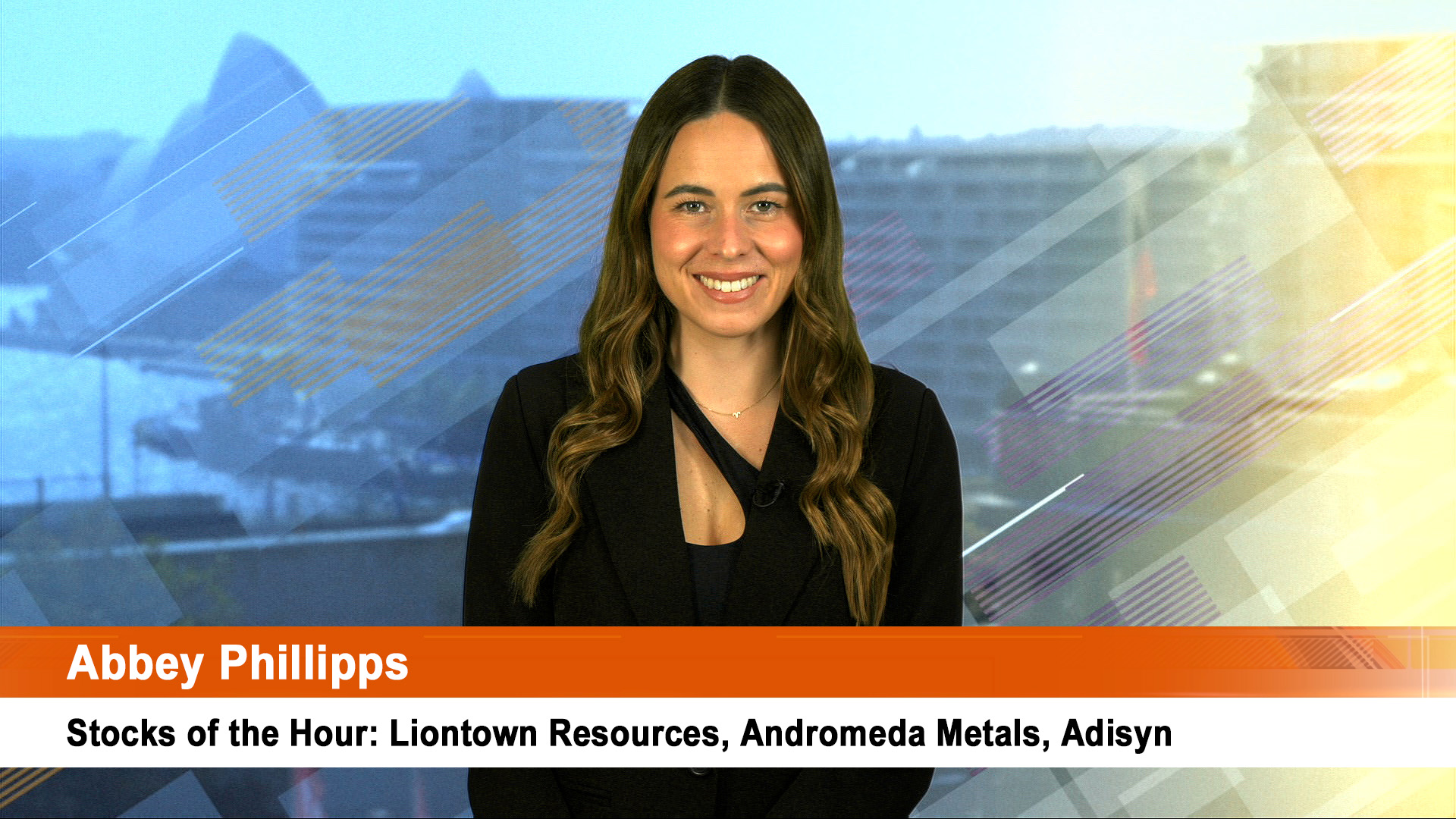Despite another fall in global markets on Friday, the Australian market looks like steadying today.
The ASX 200 Share Price Index ended up 3 points at 4072 on Saturday morning after trading, while US markets were down 1.6%.

The local market lost 3.5% on Friday in the global sell-off.
That ended four days of mostly calm trading to the end of Thursday and the local market ended the week with a loss of 1.7% on the ASX 200.
More importantly the Australian dollar proved to be remarkably steady on Friday.
Sure it lost 2 USc on Thursday night, to around $US1.0350.
It jumped back above $US1.04, last trading at $US1.0406, after closing locally at $US1.0375 on Friday.
The loss for the week on the New York close was around half a cent, but the dollar actually closed higher in Australia on Friday than it did the week before (US1.0280).
Much of Wall Street’s weakness on Friday was due to specific shares, such as tech giant Hewlett Packard which saw its shares lose 20% in value after releasing a badly explained and surprise switch in strategy.
The Dow rose 120 points in morning trading, and then slid in the afternoon to close off more than 170 points as confidence faded and investors played it safe ahead of the weekend.
Other technology stocks were sold off with IBM down 3.8%, Microsoft 2.5% and Intel 2.9%.
The Dow Jones industrial average fell 172.93 points or 1.57% to end at 10,817.65.
The Standard & Poor’s 500 Index dropped 17.12 points, or 1.5%, to 1,123.53 and the Nasdaq Composite Index slid 38.59 points, or 1.6%, to end at 2,341.84.

For the week, the Dow ended down 4%, the S&P 500 dropped 4.7% and the Nasdaq lost a nasty 6.6%.
So far in August, the Dow has lost 11%, the S&P 500 13% and the Nasdaq has shed 15%: that means all three major indexes are well into correction territory.
In Europe, Friday saw Britain’s FTSE 100 index close down 1%, the DAX in Germany drop 2.2% and France’s CAC 40 lose 1.9%
The Stoxx Europe 600 Index dropped 6.1% to 223.13 last week, its lowest level since July 2009.
The index is now down a huge 23% (and into bear territory) from its peak in February.
Bloomberg said indexes fell in every western European market except Iceland.
Germany’s Dax lost 8.6%, London’s Footsie 5.2%, while Paris CAC 40 slid 6.1%.
In Asia, the MSCI Asia Pacific Index dropped 2% last week to 119.53.
Asian shares have fallen 14% in the past four weeks.
On Friday Hong Kong’s Hang Seng Index fell 3.1% to 19,399.92, Japan’s Nikkei Stock Average lost 2.5% to 8,719.24, Taiwan’s Taiex sank 3.6% to 7,342.96, while China’s Shanghai Composite dropping a small 1% to 2,534.36.
For the week, Japan’s Nikkei lost 2.7%, South Korea’s Kospi Index dropped 2.7% as well, China’s Shanghai Composite Index fell 2.3%, while Hong Kong’s Hang Seng Index slipped 1.1%. The ASX 200 shed 1.7% and Singapore’s Straits Times Index fell 4.1%.
Could gold get to $US2,000 an ounce by the end of August?
Some traders in the US think so if there’s another day or two of market trembles in shares and money markets in the next 10 days.
Gold futures surged to another record Friday, their second in as many days on the continuing high levels of uncertainty.
Comex gold for December delivery added $US30.20, or 1.7%, to $US1,852.20 an ounce by the close overnight Friday in New York.
It traded as high as $US1,881.40 an ounce, an intraday record for the metal.

Gold added 6.4% last week.
It has gained 15% this month, having ended July at $US1,631.20 an ounce.
Friday’s record topped the previous high hit on Thursday when gold ended at $US1,822 an ounce.
Gold is up $US339 an ounce since the start of July alone!
Most metals traded higher on Friday, with Comex September silver rising $US1.74, or 4.3%, to settle at $US42.43 an ounce.
That was silver’s highest settlement since May 3, when the metal started crashing in a global sell-off from highs close to $US50 an ounce.
Silver added 8.5% last week in New York.
September copper rose 2c, or 0.4% on Friday, to $US3.98 a pound.
Over the week copper lost 0.7%.
Oil prices were mixed: New York WTI was easier, but Brent crude in London was a bit higher and the premium between the two ballooned to more than $US26 a barrel.
Overall oil prices fell for a fourth week last week.
Crude oil fell, capping a fourth weekly decline, on concern that slower global economic growth will reduce fuel demand. Brent oil traded at a record premium to the US contract.
Nymex (New York) crude oil for September delivery dropped 12c to $US82.26 a barrel on Friday night.
Prices fell 3.7% last week and are down 10% this year. The more actively traded October contract fell 10c to $US82.41.
Brent oil for October settlement rose $US1.63, or 1.5%, to $US108.62 in London.
The European benchmark crude settled at a record premium to US futures of $US26.21 for the second day in a row, based on settlement prices.
Brent ended up 59c higher over the week, driven by the weakness Thursday and Friday













